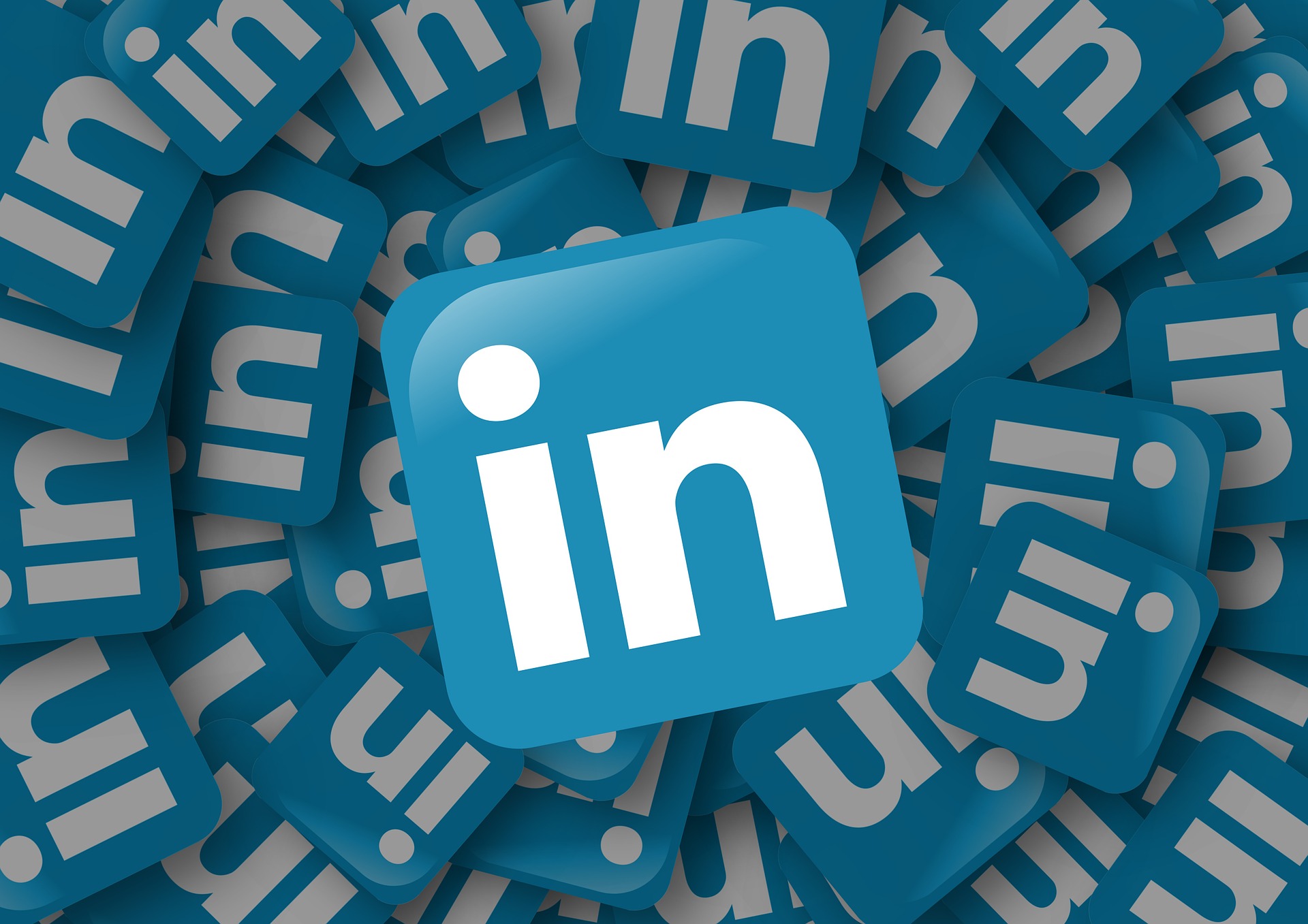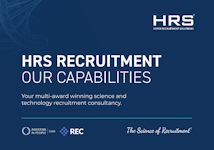
Do you know how to use LinkedIn? LinkedIn is one of those social networks that many of us have always been at least dimly aware of. We may have had friends already on the platform sending us an email invitation to 'connect' with them annually. However, we might not necessarily be very well-versed in it.
The truth is, LinkedIn can be an invaluable tool in your search for science jobs, not least in light of the tendency for professional opportunities to come through contacts as often as through applications to openly advertised vacancies. Take a look at our top LinkedIn Tips here.
How to get started with a great LinkedIn profile
As is the case with other social networks, you can expect to be most rewarded on LinkedIn when you complete your profile as fully as possible. That begins with uploading a photo of yourself, so be sure to make it smart, friendly and professional looking.
You will also be asked to provide a headline to your profile that is much like the personal statement that you may include on your CV. The best profile headline will probably refer in some way to your exact science field - such as biotechnology, medical or pharmaceutical - along with a more specific skill or area of expertise.
There's also space in your LinkedIn profile to provide a more detailed summary of yourself, along with similarly in-depth information on your experience, education, skills and expertise.
Then, it's all about connecting with people!
LinkedIn is not designed to be a passive platform - it has been conceived with proactive business networking in mind, so don't be afraid to get connecting.
That process may initially be as simple as using the search function to find your current colleagues or people who you have previously worked with. However, it could be easily extended to searching for HR contacts at companies that you would like to work for, or searching for those already working in the kind of science jobs to which you aspire.
Once you have 'connected' with someone (the LinkedIn equivalent of 'adding a friend'), visit their profile and check out the 'People also viewed' box for more potentially fascinating contacts, including both individuals and employers. You might also investigate past companies that each of your contacts has worked for.
The more LinkedIn connections you have, the larger your network will be and therefore, the more opportunities you will potentially be able to expose yourself to.
Keep exploring LinkedIn for opportunities
The aforementioned tips on how to use LinkedIn are the best ways to use LinkedIn for jobs, in a nutshell. You should also be aware of the interest groups and discussions that you can join, as well as the various other fascinating functionalities that are being continually introduced to the platform. Invest in a paid Premium account, and you will be able to stand out even further from the crowd.
While LinkedIn is not necessarily the last word in business networking even in today's heavily social media-oriented age, it can nonetheless make an immense difference to your chances of turning the heads of the right science recruitment professionals and even nabbing that dream role in energy, telecommunications, food/FMCG or another science or technology role.
If you want to search for more science jobs that aren't on LinkedIn, be sure to use our very own job search here.
